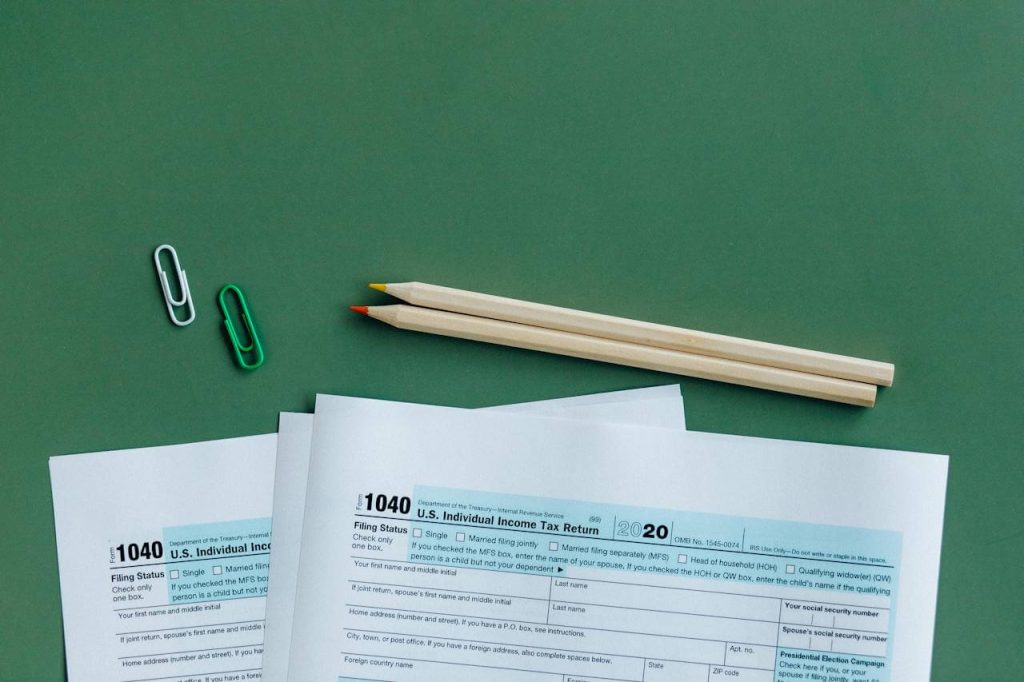What is VAT form 390?
Form 390 is an annual report that summarises the operations related to the settlement of VAT. It is essentially the extended annual version of form 303 and is filed at the close of each accounting year.
Although it is an informative declaration and does not involve any charges, it is compulsory for self-employed and small businesses. Through this annual summary, they must demonstrate consistency with the quarterly declarations.
Any mismatch between the two declarations can lead to tax investigations. For this reason, and considering the complexity of this tax process, it is recommended to opt for an administrative service such as the one offered by Numo, which will facilitate smooth compliance with this tax obligation.
Who is obliged to file form 390?
As with the VAT form 303, any professional or entrepreneur involved in an activity subject to VAT must make the corresponding informative declaration, regardless of its type or the result of the declaration.
It is crucial to bear in mind that, as of 2014, self-employed workers whose activity is governed by the module regime and those engaged in the rental of urban real estate are exempt from filing form 390.
Additionally, since the implementation of the Immediate Supply of Information (SII) on 1 January 2017, large companies, VAT groups and those companies registered in the monthly VAT refund scheme are not obliged to file form 390, as the Treasury has their tax records.
Submission Deadlines
The deadline for filing form 390, which summarises VAT transactions on an annual basis, runs from 1 to 30 January of the year following the corresponding tax year.
How to present it?
To file VAT form 390 electronically at the Tax Office with a digital certificate, you can use a personal or third-party electronic certificate, or by means of the PIN code.
When completing form 390, a correct completion of the quarterly tax returns on form 303 will make this process easier.
In order to correctly complete the annual VAT summary, the self-employed person must have the following information and organise it in the following way:
- Values between the taxable amount and the value of the VAT liability.
- VAT rate: 4%, 10%, 21%.
- Origin of income or expenditure, i.e. whether it is domestic, intra-EU or extra-EU.
- Differentiate between current expenditure and investment goods. It is important to bear in mind that the latter is considered expenditure if its amount is less than 600 euros.
Once you have this information, the next step is to organise it in each of the sections that make up the 390 form.




